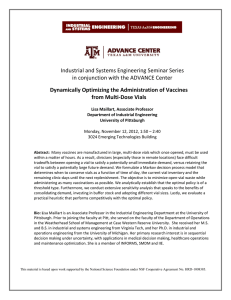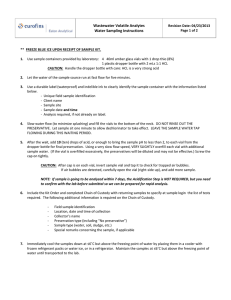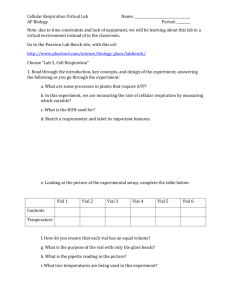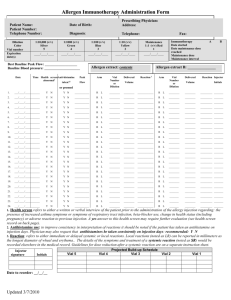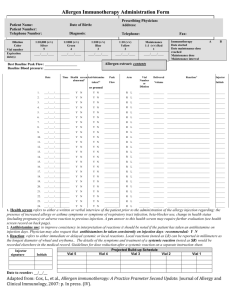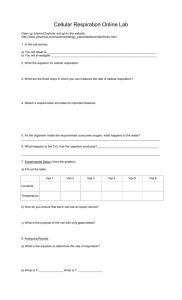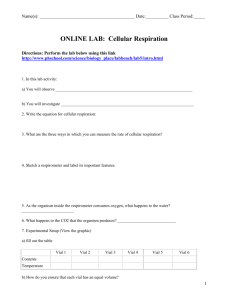Download very simple instructions for a free radical polymerization of polystyrene
advertisement
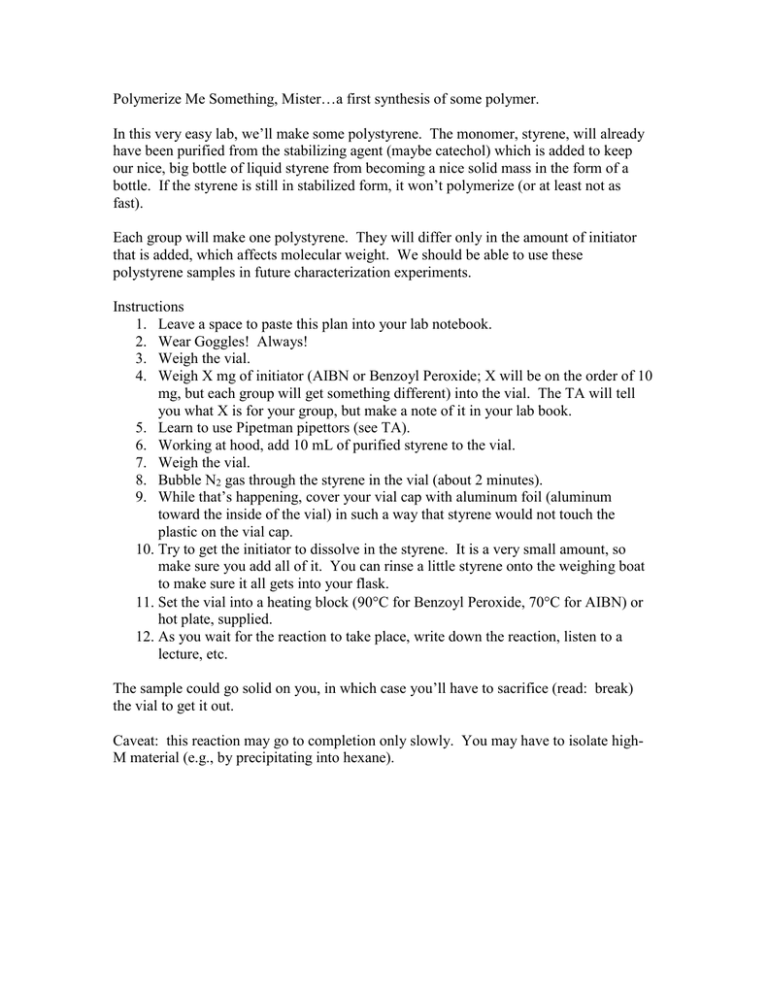
Polymerize Me Something, Mister…a first synthesis of some polymer. In this very easy lab, we’ll make some polystyrene. The monomer, styrene, will already have been purified from the stabilizing agent (maybe catechol) which is added to keep our nice, big bottle of liquid styrene from becoming a nice solid mass in the form of a bottle. If the styrene is still in stabilized form, it won’t polymerize (or at least not as fast). Each group will make one polystyrene. They will differ only in the amount of initiator that is added, which affects molecular weight. We should be able to use these polystyrene samples in future characterization experiments. Instructions 1. Leave a space to paste this plan into your lab notebook. 2. Wear Goggles! Always! 3. Weigh the vial. 4. Weigh X mg of initiator (AIBN or Benzoyl Peroxide; X will be on the order of 10 mg, but each group will get something different) into the vial. The TA will tell you what X is for your group, but make a note of it in your lab book. 5. Learn to use Pipetman pipettors (see TA). 6. Working at hood, add 10 mL of purified styrene to the vial. 7. Weigh the vial. 8. Bubble N2 gas through the styrene in the vial (about 2 minutes). 9. While that’s happening, cover your vial cap with aluminum foil (aluminum toward the inside of the vial) in such a way that styrene would not touch the plastic on the vial cap. 10. Try to get the initiator to dissolve in the styrene. It is a very small amount, so make sure you add all of it. You can rinse a little styrene onto the weighing boat to make sure it all gets into your flask. 11. Set the vial into a heating block (90C for Benzoyl Peroxide, 70C for AIBN) or hot plate, supplied. 12. As you wait for the reaction to take place, write down the reaction, listen to a lecture, etc. The sample could go solid on you, in which case you’ll have to sacrifice (read: break) the vial to get it out. Caveat: this reaction may go to completion only slowly. You may have to isolate highM material (e.g., by precipitating into hexane).
